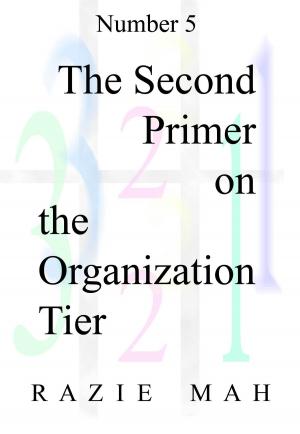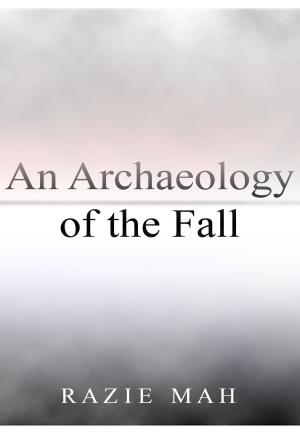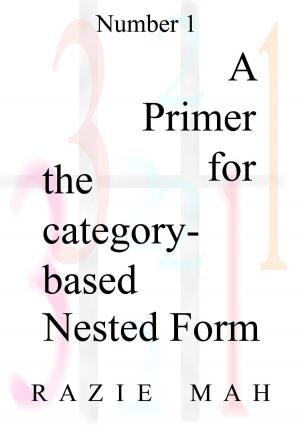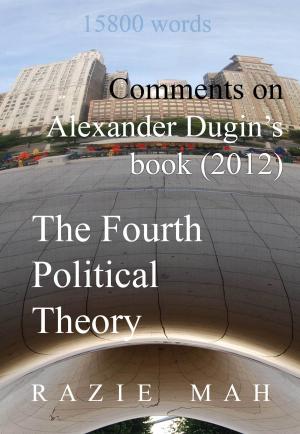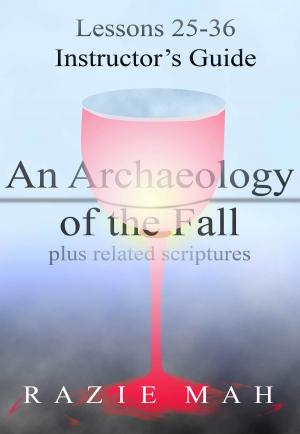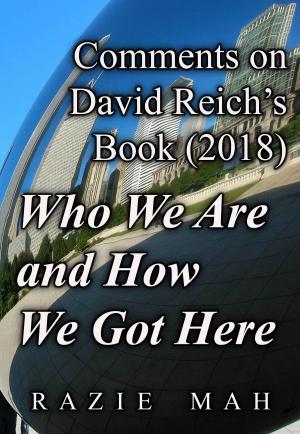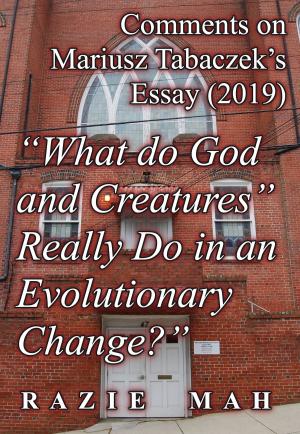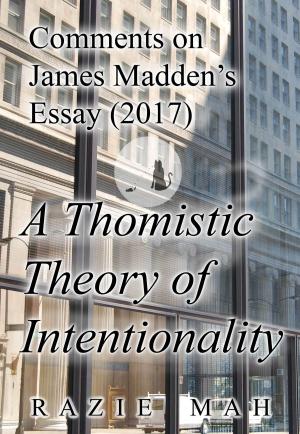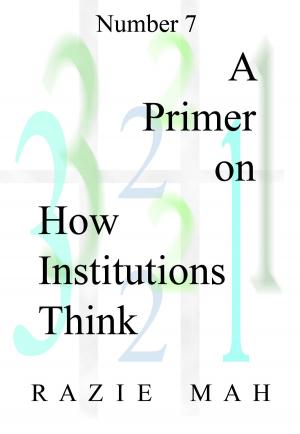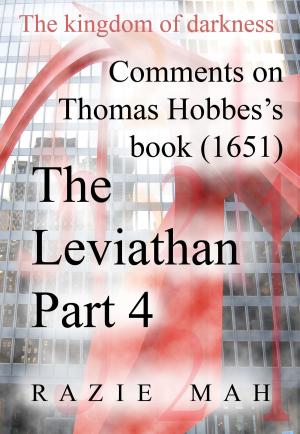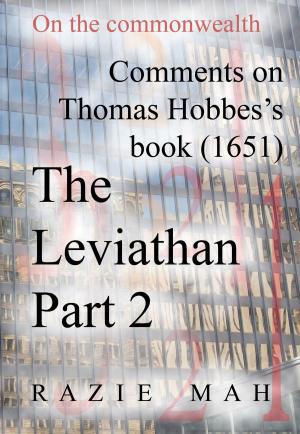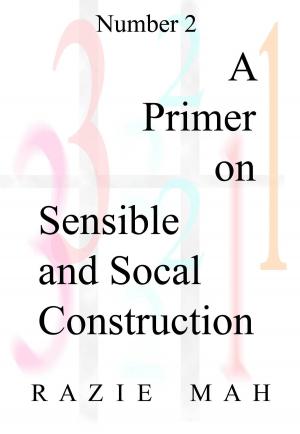Comments on Tomas Bogardus and Mallorie Urban’s Essay (2017) How to Tell...
Nonfiction, Religion & Spirituality, Reference, Comparative Religion, Theology| Author: | Razie Mah | ISBN: | 9781942824343 |
| Publisher: | Razie Mah | Publication: | May 14, 2017 |
| Imprint: | Smashwords Edition | Language: | English |
| Author: | Razie Mah |
| ISBN: | 9781942824343 |
| Publisher: | Razie Mah |
| Publication: | May 14, 2017 |
| Imprint: | Smashwords Edition |
| Language: | English |
This work comments an essay titled, “How to Tell Whether Christians and Muslims Worship the Same God”. The authors are Tomas Bogardus and Mallorie Urban. The article appears in the Spring 2017 edition of the Faith and Philosophy: Journal of the Society of Christian Philosophers (34:176-200).
This work is a journey. It starts by introducing the controversy surrounding a virtue-signaling Professor of Political Scientist. It examines philosophers who tried to justify the professor’s off-hand remark. Then, it begins to trek into the philosophical issues concerning names and references.
Why?
The professor’s claim raises the question: How does a name shift reference?
The authors pick up the trail of Saul Kripke, famous for arguing against descriptivism, suggesting that the doctrine ignores historical and causal factors in reference shifts. According to the category-based nested form, Kripke adds another level to a content-level containing the semantic triangle model of names and references.
Kripke runs into the problem of the continuity of historical and causal forces. Not just any chain of factors will preserve reference. So the authors turn to Gareth Evans, who proposed the idea the names acquire dossiers. These dossiers contain objects of different weighting. The dominant objects hold the greatest weight.
Evans allows us to see the true failure of descriptivism, plus the limits to Kripke’s correction. Both are incapable of articulating the idea that a name’s dossier holds objects with various weightings. Reference can change as the weightings change.
The authors then propose a test for object dominance. One question is asked to the Muslim or the Christian regarding whether the other holds the same object dominant. It goes like this. If the dossier of the “God” of the other religion turned out to be empty, could the name of their God apply to the objects within dossier of the believer’s God?
I suspect most would answer, “no”. A reference shift has occurred. A “yes” answer establishes the promise of joint sufficiency. The reference shift is not final.
So the answer depends on one’s perspective.
Yet, there is a fly in the ointment. Miroslav Volk argues the Qur’an portrays (and rejects) a heretical version of Christianity. The folk that Mohammed identifies as Christians belong to cults that have substituted false gods in for the Christian God.
This brings the re-articulation into full view. The re-articulation starts by showing how the scholastics modeled name reference. Kripke denounced a narrow version of this model, adding a situation level in order to account for historical and causal factors. He failed to alter the descriptivist model. Evans provided that alteration.
The result is a working two-level interscope, useful for modeling both the big picture of factors and the small picture of objects changing in a dossier. Borgardus and Urban arrive at a straightforward “feet of clay” conclusion.
However, with the fly in the ointment, an alternate “bird-eye’s view” conclusion presents itself. The alternate conclusion proposes an interesting research project, deciding whether references to Christians and the Bible in the Qur’an actually refer to heretical projections onto the Christian Faith as currently practiced. The reader is left pondering. If this alternate hypothesis is true, then what does that imply?
This work comments an essay titled, “How to Tell Whether Christians and Muslims Worship the Same God”. The authors are Tomas Bogardus and Mallorie Urban. The article appears in the Spring 2017 edition of the Faith and Philosophy: Journal of the Society of Christian Philosophers (34:176-200).
This work is a journey. It starts by introducing the controversy surrounding a virtue-signaling Professor of Political Scientist. It examines philosophers who tried to justify the professor’s off-hand remark. Then, it begins to trek into the philosophical issues concerning names and references.
Why?
The professor’s claim raises the question: How does a name shift reference?
The authors pick up the trail of Saul Kripke, famous for arguing against descriptivism, suggesting that the doctrine ignores historical and causal factors in reference shifts. According to the category-based nested form, Kripke adds another level to a content-level containing the semantic triangle model of names and references.
Kripke runs into the problem of the continuity of historical and causal forces. Not just any chain of factors will preserve reference. So the authors turn to Gareth Evans, who proposed the idea the names acquire dossiers. These dossiers contain objects of different weighting. The dominant objects hold the greatest weight.
Evans allows us to see the true failure of descriptivism, plus the limits to Kripke’s correction. Both are incapable of articulating the idea that a name’s dossier holds objects with various weightings. Reference can change as the weightings change.
The authors then propose a test for object dominance. One question is asked to the Muslim or the Christian regarding whether the other holds the same object dominant. It goes like this. If the dossier of the “God” of the other religion turned out to be empty, could the name of their God apply to the objects within dossier of the believer’s God?
I suspect most would answer, “no”. A reference shift has occurred. A “yes” answer establishes the promise of joint sufficiency. The reference shift is not final.
So the answer depends on one’s perspective.
Yet, there is a fly in the ointment. Miroslav Volk argues the Qur’an portrays (and rejects) a heretical version of Christianity. The folk that Mohammed identifies as Christians belong to cults that have substituted false gods in for the Christian God.
This brings the re-articulation into full view. The re-articulation starts by showing how the scholastics modeled name reference. Kripke denounced a narrow version of this model, adding a situation level in order to account for historical and causal factors. He failed to alter the descriptivist model. Evans provided that alteration.
The result is a working two-level interscope, useful for modeling both the big picture of factors and the small picture of objects changing in a dossier. Borgardus and Urban arrive at a straightforward “feet of clay” conclusion.
However, with the fly in the ointment, an alternate “bird-eye’s view” conclusion presents itself. The alternate conclusion proposes an interesting research project, deciding whether references to Christians and the Bible in the Qur’an actually refer to heretical projections onto the Christian Faith as currently practiced. The reader is left pondering. If this alternate hypothesis is true, then what does that imply?

